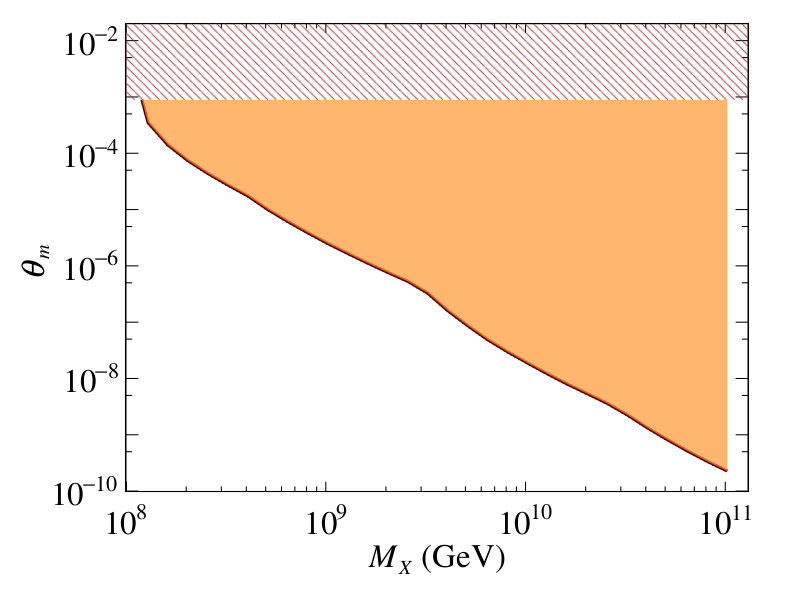
By APHE Auger group et al. (Pierre Auger Collaboration)
One intriguing aspect of the Standard Model (SM) of particle physics is the absence of right-handed degrees of freedom to describe neutrinos. This is because until further notice, neutrinos are sensitive to weak interactions alone to which right-handed states are inert. The net consequence is that neutrinos are massless in the SM.
Not only the masslessness of neutrinos is not supported by any fundamental symmetry in the SM, but the various evidences of oscillation between different neutrino flavors call for non-zero neutrino masses, and therefore for physics beyond standard model (BSM). Another indication of BSM physics is the existence of an unknown form of matter, dark matter (DM), to explain several observations of gravitational anomalies. Partly for these reasons, the SM requires, despite its enormous successes in confronting a variety of experimental data, to be completed.
In a study recently published in Phys. Rev. D 109, L081101 (2024), we were able to constrain a BSM scenario that addresses both the neutrino mass and DM problems by coupling a super-heavy DM particle to two different species of right-handed neutrinos, one of which is super-heavy while the other is ultra-light. However, as the right-handed states can interact with the left-handed states via a Higgs boson without breaking any of the SM symmetries, the neutrinos observed in detectors are not pure left-handed or right-handed states, but a mixture of these states. One consequence of this is that the neutrinos observed so far are indeed slightly massive (“seesaw mechanism”). Another consequence is that the super-heavy DM particle has a long lifetime, much longer than the age of the universe.
Through the decay channels of the long-lived DM particle, copious fluxes of neutrinos and photons of ultra-high energies should be observed. Thanks to the sensitivity of the Pierre Auger Observatory to these particles, we are thus sensitive to the mixing angle that governs the lifetime of the DM particle. The exclusion range of mixing angles as a function of the mass of the DM particle obtained in the study are shown as the zone in orange in the Figure above, while the hatched-red region θm > 9 x 10-4 is excluded from state-of-the-art cosmology. Should the effective number of neutrinos depart significantly from 3 in future cosmological observations, our constraints would then be decisive in determining whether the new physics thus revealed by cosmology is intimately related to that of super-heavy DM particles.









